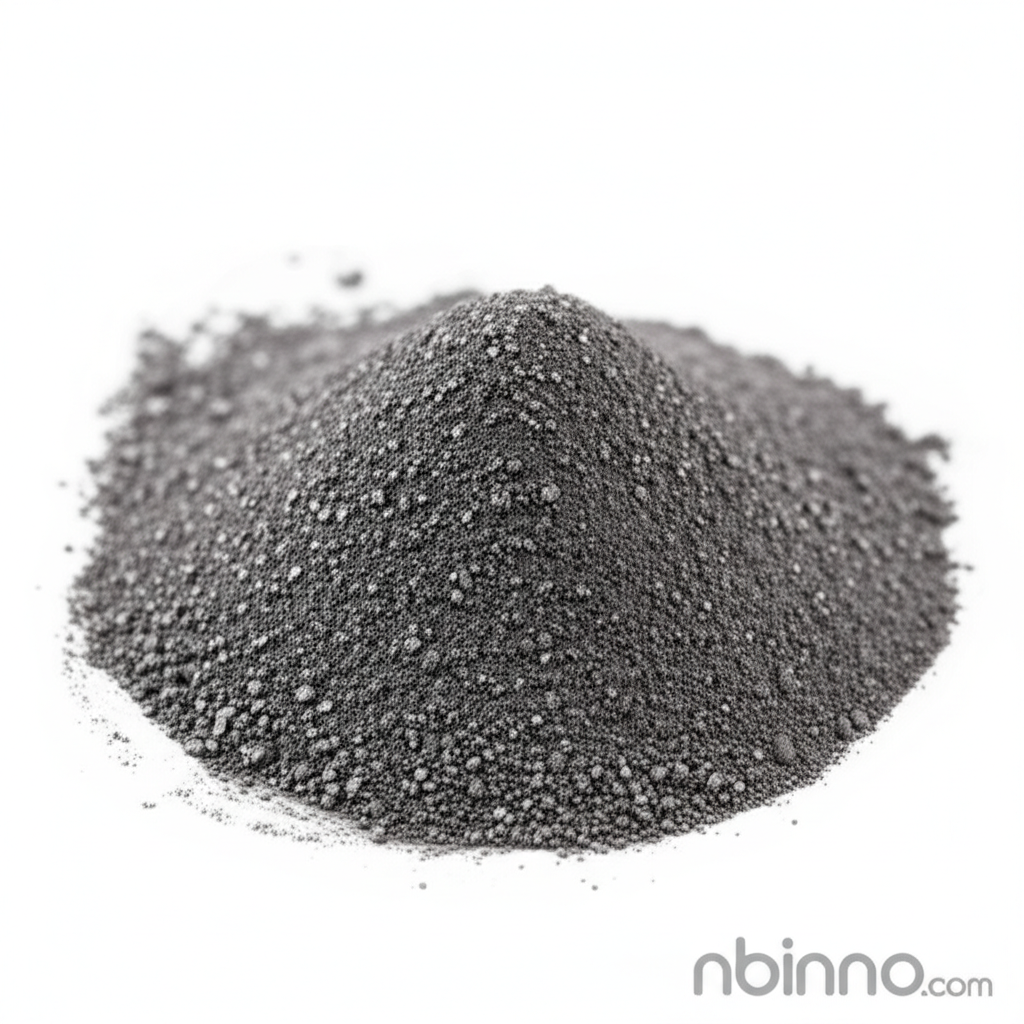Hematite: Properties, Uses, and Industrial Applications of a Key Iron Oxide Mineral
Discover the versatility of Hematite (Fe2O3) as a crucial iron ore, pigment, and industrial material.
Get a Quote & SampleProduct Core Value

Hematite
Hematite (Fe2O3) is a fundamental iron oxide mineral recognized for its significant industrial importance. Its varied appearance, ranging from metallic gray to earthy red, belies its consistent reddish-brown streak, a key identifier. As the primary source of iron ore, it is indispensable for steel production, shaping modern infrastructure and manufacturing. Beyond metallurgy, hematite's properties lend themselves to pigment creation, radiation shielding, and use in jewelry, highlighting its multifaceted utility.
- Hematite properties and uses are extensive, making it a cornerstone in various sectors, from construction to artistic pigments.
- The distinctive hematite streak test is a reliable method for identifying this mineral, even when its appearance varies.
- As a significant source of iron ore, hematite is crucial for the global steel production industry, enabling the creation of countless essential products.
- The mineral's natural pigment production capabilities have been utilized by humans for millennia, contributing to art, cosmetics, and construction materials.
Key Advantages
Abundant Iron Source
Hematite serves as the world's principal ore of iron, underpinning the massive global demand for steel and iron-based products, crucial for hematite industrial applications.
Versatile Pigmentation
The inherent red color of powdered hematite has made it a vital ingredient in pigment production since ancient times, used in paints, cosmetics, and ceramics.
Broad Industrial Utility
From radiation shielding to heavy media separation and ballast, hematite's physical properties make it valuable in diverse industrial processes.
Key Applications
Steel Manufacturing
Hematite is the primary raw material for producing iron, which is then converted into steel, a fundamental material for construction, automotive, and manufacturing industries, showcasing the importance of uses of hematite.
Pigments and Colorants
The mineral's natural red hue is leveraged in pigment production for paints, inks, cosmetics, and ceramics, providing durable and vibrant colors.
Jewelry and Ornaments
With its metallic luster and smooth finish when polished, hematite is popular for creating jewelry, including beads, pendants, and cabochons, demonstrating its appeal in decorative arts.
Specialized Industrial Uses
Hematite's density makes it suitable for radiation shielding and ship ballast, while its chemical properties are utilized in water treatment and heavy media separation processes.
